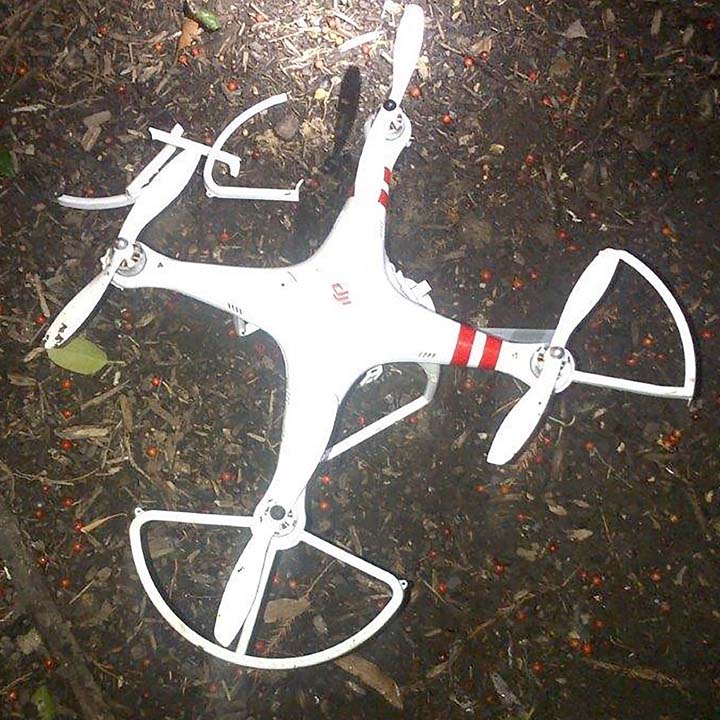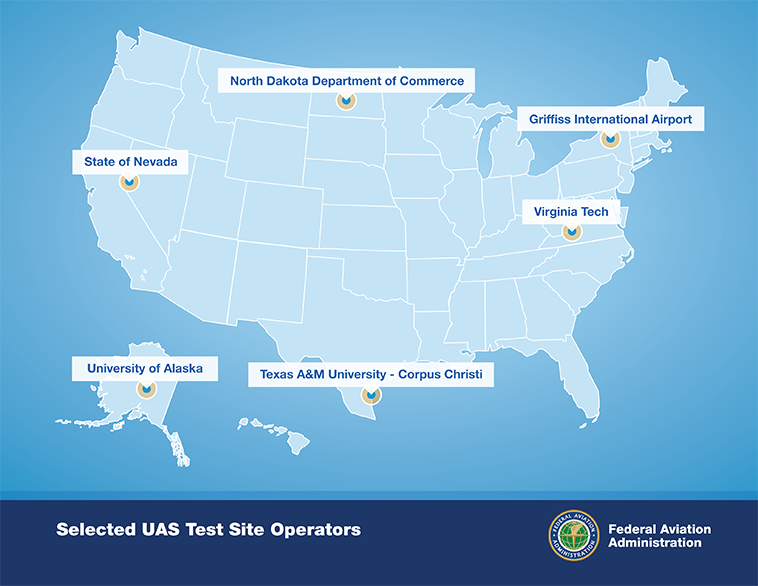
Recent tests of GPS anti-jam antennas on small unmanned aerial vehicles (UAVs) at a Naval Air Systems Command (NAVAIR) facility at Patuxent River, Maryland, showed encouraging results for preventing interruption of mission-critical data.
Recent tests of GPS anti-jam antennas on small unmanned aerial vehicles (UAVs) at a Naval Air Systems Command (NAVAIR) facility at Patuxent River, Maryland, showed encouraging results for preventing interruption of mission-critical data.
From July 10 to 24, the Communications and GPS Navigation Program Office (PMW/A 170), headquartered in San Diego, mounted a small antenna system (SAS) on an Aerostar unmanned aircraft, then placed the small UAV in a room lined with signal-absorbent material at the FARM (Facilities for Antenna and RCS Measurements), where it was subjected to GPS jamming signals.
PMW/A 170 engineers modified the Aerostar with the SAS antenna and antenna electronics (AE) along with a Defense Advanced GPS Receiver (DAGR), representing a Selective Availability Anti-spoofing Module (SAASM)-capable GPS receiver. The SAS AE was then connected simultaneously to the DAGR and the UAV’s existing GPS receiver.
Jamming signals directed toward the Aerostar in various configurations simulated both the GPS satellite constellation signals as well as multiple GPS jammers, according to Mark Burroughs, Air GPS Navigation Integrated Product Team Lead. The Aerostar, manufactured by Aeronautics Ltd. in Israel, was tested in a fixed position, but dynamic air tests are planned in mid-August at Fort Polk, Louisiana.
“We are still analyzing the data but observations during the [FARM] test show favorable results,” said Burroughs.
Although the Aerostar has an integrated GPS/INS navigation system, the inertial component was not part of the antijam tests. The SAS AE had a direct connection to the UAV’s flight management system, Burroughs said.
“If an enemy is trying to jam, or interfere, with the GPS frequency, this antenna allows us to be able to track and acquire the true GPS satellites even in the midst of this jamming and interference,” said Eric Stevens, the unmanned aircraft systems communications and navigation lead for PMW/A-170, which supplied the antenna system. “What we are doing is demonstrating and quantifying the value of this antenna on small UAVs,” he added.
PMW/A-170, aligned under the NAVAIR at Naval Air Station Patuxent River, Maryland, and the Space and Naval Warfare Systems Command (SPAWAR) in San Diego partnered with Naval Test Wing Atlantic, which supplied the Aerostar, to conduct the July testing. Personnel and teams from the Maritime Unmanned Development and Operations (MUDO); the Navy and Marine Corps Small Tactical Unmanned Air Systems Program Office (PMA 263); and an engineering team from the Naval Air Warfare Center Aircraft Division’s Radar and Antenna Systems Department also supported the event.
Personnel involved in the testing were optimistic about the results.
“We are hoping to gain some ground and show there are smaller GPS protection solutions out there,” said Michelle Jackson, an electronics engineer with experience in testing SAS systems on other platforms.
Equipped with the SAS, the Aerostar will be also used to support a U.S. Army pre-deployment war-game scenario conducted at Fort Polk in August, said Donn Rushing, the project lead for MUDO. The Aerostar has an 8.5-meter wingspan, a 4.5-meter length, and maximum takeoff weight of 220 kilograms (485 pounds). With a payload capacity up to 50 kilograms (110 pounds), the UAV has a range of 250 kilometers (155 miles) at speeds up to 110 knots.
Rushing participated in the Fort Polk exercises last year and said the addition of the GPS anti-jamming antenna will give the “good guys” an edge this year.
“This new anti-jam system decreases the footprint normally required of such a system, which is now ideal for UAV incorporation and service,” Rushing said. “What makes us smarter is knowing our enemies are smart and that we have to stay one step ahead of them. The SAS development is the latest GPS anti-jam capability to aid the war fighter in combating the bad guys.”





